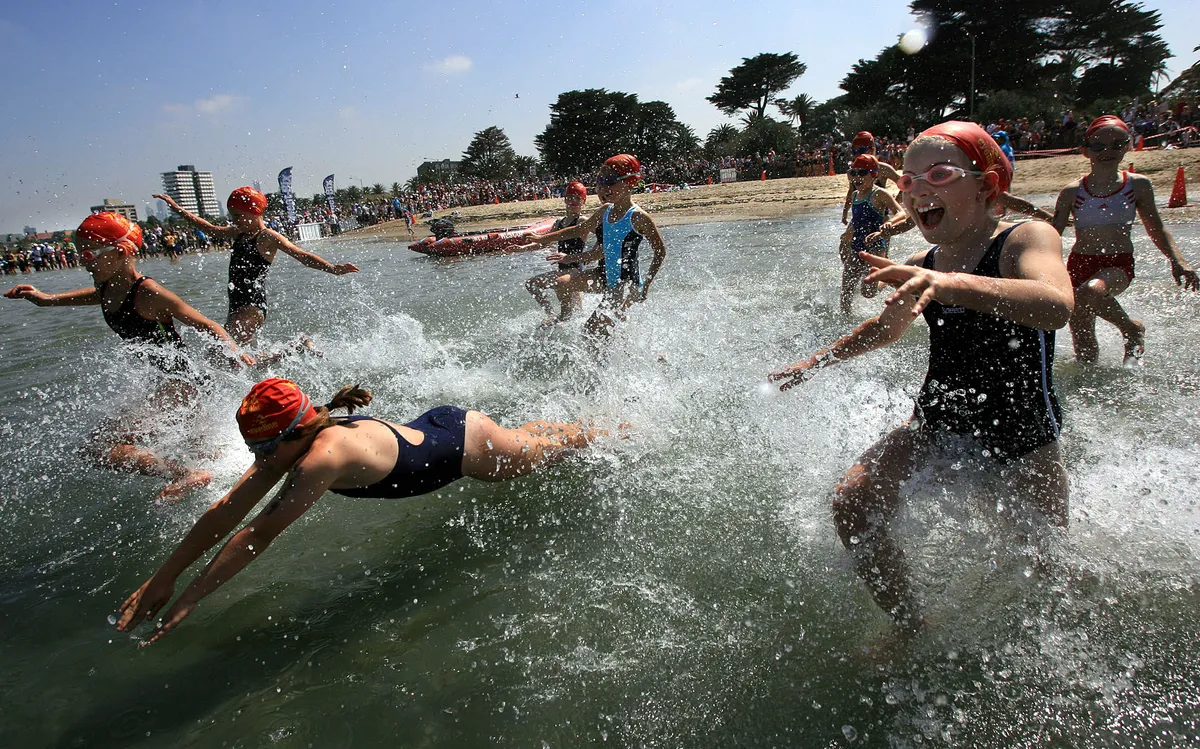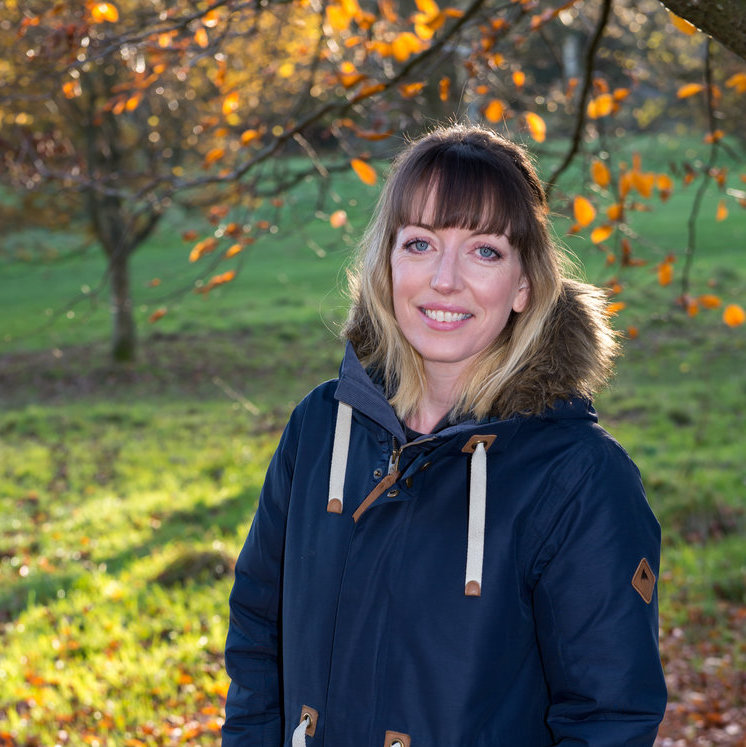Before we chat more about how young girls can start their triathlon journey, it’s important to emphasise that keeping it fun should always be at the forefront of any children’s sport.
That’s why Her Spirit’s partnered with British Triathlon and Women In Sport to explore ways for mothers and daughters to be active together, including swimming, cycling, running and triathlon.
Modelling behaviour is the key to encouraging a healthy attitude towards exercise, nutrition and other lifestyle factors from a young age.
With girls, appearance and body-shape awareness begins at an early age, so have the conversations in a light-hearted, age-appropriate manner, not using loaded language that refers to ‘burning’ or ‘earning’ calories or ‘looking good’ via diet and exercise.
So, what can we as carers do to facilitate our girl’s triathlon journey? This article is aimed at those under the age of 10 (pre-teen) who are just starting out.
Best nutrition for young females doing triathlon
Good nutrition is of course important for the growth of girls throughout life and to help them cope with the physical and mental demands of schooling. High levels of sporting activity coupled with insufficient energy consumption can have detrimental effects: tiredness, irritability and potentially developing a poor relationship with exercise in the long term, to name but a few.
That’s why you should cultivate good nutrition habits to support girls’ growth, health and energy demands. This is a subject that I’m particularly passionate about, and why working with Holly Woodford, the co-founder of Her Spirit, we developed our ‘6 Week Learn to Fuel Programme’.
One thing to bear in mind is that due to rapid growth and development, a child’s energy and nutrient requirements are proportionally higher per body size than that of an adult. Too little may inhibit their growth and development and, if continued into puberty, may affect maturation, menstrual cycle and bone health.
Avoid insufficient energy intake and nutritional deficiencies by encouraging regular mealtimes, not skipping meals and appropriate levels of snacking across the day, if and when required. Children should not be restricting their diets, unless of course there are allergies/ intolerances, which should be considered under the supervision of a dietician where necessary.
As a parent, role-modelling behaviours and language around sport, diet, exercise and body image is something to be aware of
The crucial nutrients required in a child’s diet are carbohydrates, protein, calcium (crucial to a child’s bone growth and mass, which is rapid, so planning in three servings of dairy per day will meet these requirements), vitamins B and D (the NHS advise that children from the age of one and adults need 10 micrograms of vitamin D a day), iron, zinc and magnesium, which can all be obtained through food.
In order to meet their nutritional requirements, the diet should be based upon the NHS Eat Well plate, including all food groups to obtain a good variety of macronutrients (fat, carbohydrates, protein) and micronutrients (vitamins and minerals) using a whole foods approach.
Include starchy carbohydrates, protein, dairy, fruit and vegetables; ensure you limit salt and sugar. Children’s protein needs are proportionally higher than adults to support growth, and the more active, the higher the requirement. A portion at each meal is sufficient and is contained in meat, fish, dairy produce, legumes, pulses and vegetarian alternatives.

How to avoid dehydration in young athletes
Until they hit puberty, children find it harder to control their body temperature (thermoregulation), thus hydrating throughout the day and before, during and after exercise is good practice.
Carrying a refillable water bottle and sipping throughout the day, consuming a glass of water with each meal and snack and having a sports bottle ready for exercise will encourage regular drinking.
Make it attractive by personalising a sports bottle. Should they find this difficult, a low-sugar flavoured drink (to protect their teeth) will help. Avoid sports drinks as they tend to be very high in sugar, which can have a detrimental impact on teeth.
How to avoid training injuries in young athletes
Unlike adults, youngsters usually have enough energy to complete triathlons without training, so it’s important as a parent to help children keep it fun.
Her Spirit Cycling Coach Michelle Sharland advises against training plans at such a young age; instead, exercise with friends and family (see panel left for Michelle’s top tips on how to maintain a healthy relationship between your children and sport).
Occasionally, injuries occur often as a result of children not having an ‘off switch’, so as parents/guardians, we can guide children to keeping everything in perspective and fun.
What’s great about triathlon is that the children aren’t just specialising in one sport; overuse injuries are less likely because of the cross-training approach. It allows different muscle groups to be rested so they can repair and recover.
Kids’ triathlons are usually very short distances and at an age-appropriate level. That’s why we’ve developed an event offer for younger girls of this age to take part in – a GO TRI with their mums.
Race triathlon with your daughter
As mentioned earlier, role-modelling behaviours and language around sport, diet, exercise and body image is something to be aware of. Many of the mothers in the Her Spirit community have daughters with whom they cycle, run, swim or all three, including Tracey (mum) and Summer Brown (daughter). Their story is fantastic and so much more than simply the mother getting the daughter to be active.
“The relationship I now have with Summer is like nothing I’ve had before,” says Tracey. “We spend time together in a way that I never thought possible. I know that she’s amazed and inspired by my journey, which has also spurred her along to start coaching swimming, so she can help inspire more women to take to the water.”
Improving our own behaviours and mindset will rub off on the girls that we care for. The bottom line is that at this age girls require positive role models and to have fun when exercising. There’s plenty of time to get serious!
Coach’s Tips
Her Spirit cycling coach Michelle Sharland is a triathlete with children who naturally wanted to follow her lead. Here are her tips…
“My favourite quote is, ‘Quit while you’re ahead.’ I always want my children to come home with a smile on their face and energy left in the tank rather than tears.
"Avoid becoming a competitive parent – if the parents drive their journey, it’ll probably be short-lived. Let the child drive the decisions to compete and create autonomy. Competitiveness will come naturally as they progress.
"As a parent, I really focus on the fact that they’re having fun, swim regularly, ride as a family, run at school… Many children naturally enjoy this anyway.
"Enter little events such as Tri-Star and some bigger ones such as Hever Castle. The focus is participation, fun and enjoyment.”
Top image: Nigel Roddis/Getty Images
